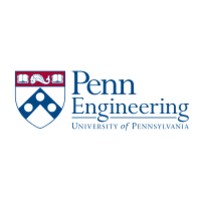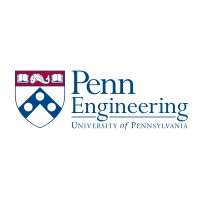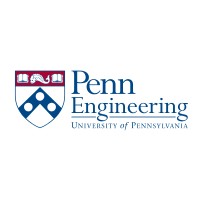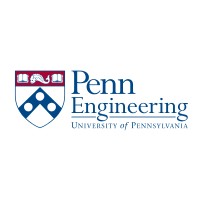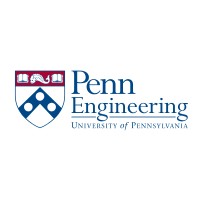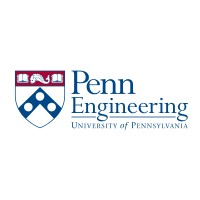At the Engineering Summer Academy at Penn, students dive into robotics design and creation using microcontrollers, sensors, 3D printing, and embedded programming. Working in teams, they’ll build robotic musical instruments synchronized via WiFi—culminating in a live performance—and gain firsthand exposure to cutting-edge research at Penn’s renowned GRASP Lab.
The Engineering Summer Academy at Penn (ESAP) offers high school students an immersive, hands-on introduction to robotics and engineering. Participants will design and build robots from the ground up using microcontrollers, servos, solenoids, sensors, and wireless communication systems while learning to coordinate control through embedded programming techniques.
Students will use laser cutters and 3D printers to create moving mechanisms and apply real-world problem-solving skills in a collaborative lab environment. The program includes exposure to the groundbreaking work of Penn’s GRASP Lab, where hundreds of researchers advance the field of robotics.
In an exciting team-based project, participants will design and build robotic musical instruments that perform together as a synchronized WiFi-connected orchestra—culminating in a public showcase.
Some programming experience (C, C++, Java, or Python) is helpful, but not required. Enthusiasm for technology, creativity, and music will make this innovative learning experience even more rewarding.
Students should have completed coursework in physics, math (precalculus is a plus but not required), as well as C programming or Autocad.
A non-refundable deposit of $1,500 USD (deposit amounts for financial aid recipients will vary, and this amount will be displayed in your online enrollment form) is due at the time of enrollment (date indicated on your admission letter).
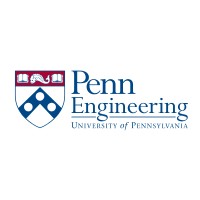

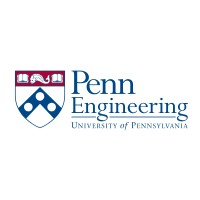
 Recently Updated
Recently Updated
